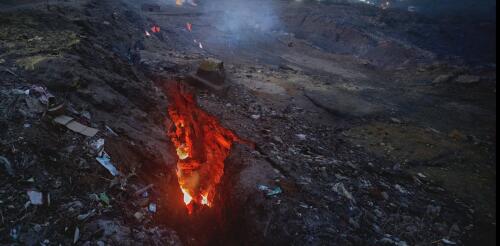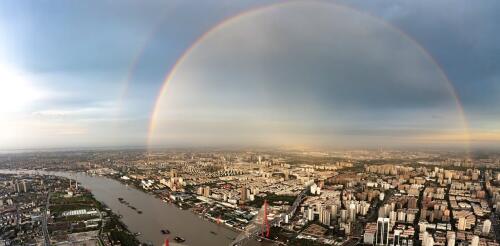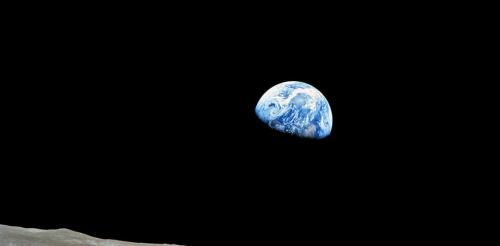Curious Kids US
Curious Kids is a series for children of all ages. If you have a question you’d like an expert to answer, send it to curiouskidsus@theconversation.com. Is there life in the sea that hasn’t been discovered? – Haven W., age 12, McKinney, Texas Imagine going to a place on Earth where no one has ever been. There are many locations like that in the ocean, which covers more than 70% of our planet. In the ocean, creatures live at many different depths, just as animals and birds live at different heights in a forest. Every ocean life form has to find a way to gather nourishment, reproduce and contribute to an ecological community. The ocean is thousands of feet deep in many areas and offers millions of opportunities for life to thrive. Biologists don’t know how many species live in the ocean, but they estimate that fewer than 10% have been described. Black and white sm...
Curious Kids is a series for children of all ages. If you have a question you’d like an expert to answer, send it to curiouskidsus@theconversation.com. Why don’t rocks burn? – Luke, age 4, New Market, New Hampshire While many rocks don’t burn, some of them do. It depends on what the rocks are made of – and that’s related to how they were formed. There are three main rock types: igneous, sedimentary and metamorphic. These rocks are made of minerals that all have different characteristics. Some will melt into magma or lava – super-hot, liquid rock – when they are exposed to heat. Others will catch fire. Rocks can look alike, but one rock is not like another. Rocks that burn when they get heated up are combusting. This means that elements within the rocks are reacting with oxygen in the air to produce heat a...
Curious Kids is a series for children of all ages. If you have a question you’d like an expert to answer, send it to curiouskidsus@theconversation.com. Can rainbows form in a circle? – Henry D., age 7, Cambridge, Massachusetts The legend goes that there is a pot of gold hidden at the end of every rainbow. But is there really an “end” to a rainbow, and can we ever get to it? Most us go through life seeing rainbows only as arches of color in the sky, but that’s only half of what is really a circle of color. Normally, when you look at a rainbow, the Earth’s horizon in front of you hides the bottom half of the circle. But if you are standing on a mountain where you can see both above and below you, and the sun is behind you and it is misty or has just rained, chances are good that you will see more of the rainbow’s circle....
Curious Kids is a series for children of all ages. If you have a question you’d like an expert to answer, send it to curiouskidsus@theconversation.com. Will the Earth last forever? – Solomon, age 5, California Everything that has a beginning has an end. But the Earth will last for a very long time, and its end will come billions of years after anyone who is alive here now is gone. Before we talk about the future of our planet, let’s review its history and when life appeared on it. The history of human beings is very, very short compared with that of Earth. 4 billion years old Our planet formed from a giant cloud of gas and dust in space, which is called a nebula, about 4.6 billion years ago. The first continent might have formed on its surface as early as 4.4 billion years ago. The atmosphere of the early Earth did not contain oxygen, so it would have been toxic to hum...
Curious Kids is a series for children of all ages. If you have a question you’d like an expert to answer, send it to curiouskidsus@theconversation.com. Will we eventually have to send our trash into space if we run out of room on Earth? Aiden, age 13, Maryland Heights, Mo. Our planet holds a lot of trash. Since the Industrial Revolution, we humans have produced 30 trillion tons of stuff – from skyscrapers and bridges to clothes and plastic bags. Much of it is still with us in the form of waste. Globally, people add 350 million tons to this total every day. What’s worse, much of the world’s garbage is mismanaged – dumped on land, in waterways and in open dumps in cities and towns. This exposes people to serious health risks. It harms plants and soil, and a lot of waste finds its way into the oceans. Thinking about what a mess we’re making can be pretty ove...




